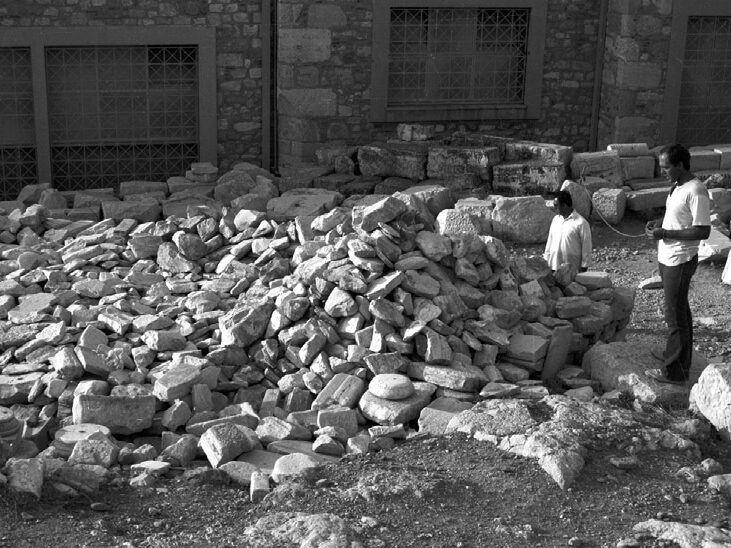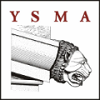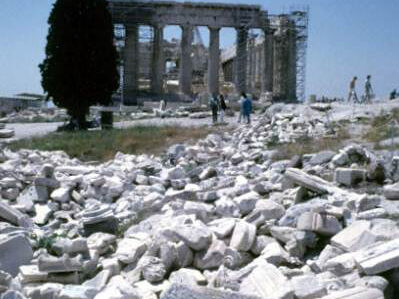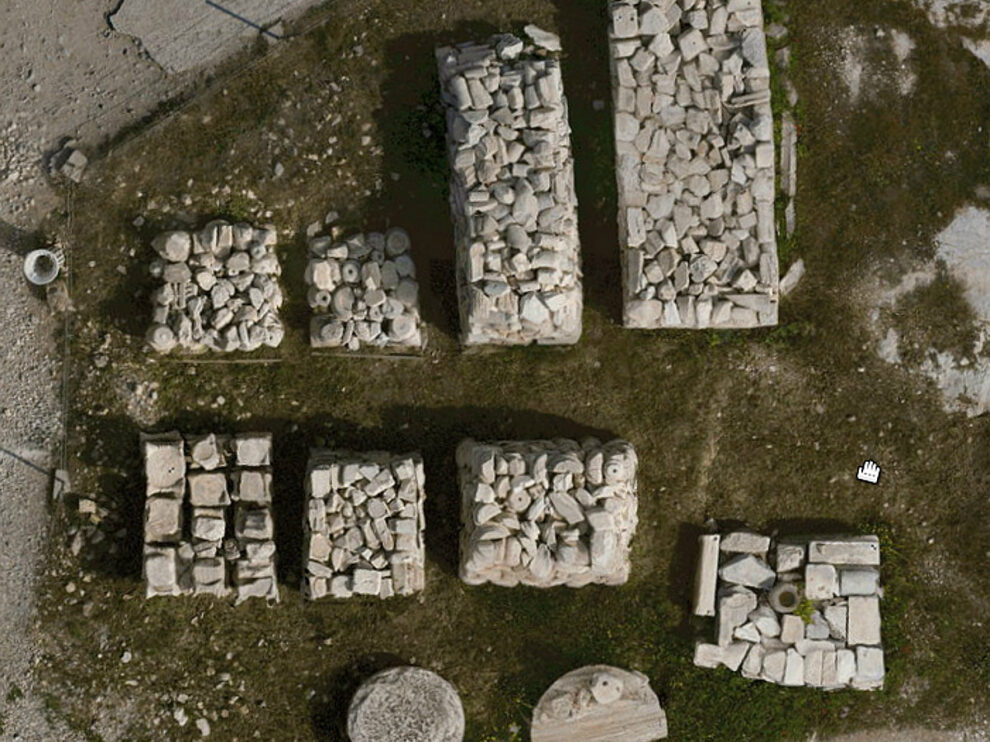
Work on the “Scattered Members” is focused, to begin with, on recording, cataloguing, documenting photographically and graphically, and on classifying and arranging all the scattered material lying today on the Acropolis Rock. The scattered material comes from all historical phases of the Acropolis. It consists primarily of architectural members, preserved completely or as fragments. There are also various other sorts of stone archaeological remains, such as inscribed stones, fragments of statues or reliefs, marble vessels, small altars, trays, dedicatory bases, and so forth. One of the primary objectives of the project is to identify and attribute pieces of architectural members to individual monuments of the Acropolis and its surroundings; also connecting and joining them to previously known members of the various monuments, so that the material can be utilized in the anastelosis being carried out on and around the Sacred Rock. The same principle is applied to other categories of ancient works of art, for example the attribution of fragments to already known pieces of sculpture. The final goal of the project is to organise the scattered material so that it will be close to its position in the ultimate arrangement, use and display of the archaeological site of the Acropolis.
Scholarly research and publication of the material or part of it is, by definition, an obligation bound to the project of the “Scattered Members”. The amount of material is unquestionably vast and systematic study and comparison probably requires their removal from the Sacred Rock. This will indeed contribute to the appearance and display of the monuments as well as to the final arrangement of the archaeological site, when the works of restoration have been completed.
Systematic research on the “Scattered Members” was started in 1977 by the Committee for Conservation of the Acropolis Monuments, which recognized the urgent need to document and organise the large body of material. From 2000 on, the work on the “Scattered Members” has been included with the programs of the Acropolis Restoration Service. The team of specialized technicians working on the project is headed by an architect or archaeologist. From 1977 to 1994 scholars responsible for the work were the architects T. Tanoulas, D. Giraud and Th. Tsitroulis, followed by the archaeologist K. Kissas and, beginning in 2007, the archaeologist E. Sioumpara.
The methodology followed in research on the “Scattered Members” is, briefly, the following: collection of the material or dismantling the stone piles, removal of the fragments to wooden stands. This is followed by initial classification, inventory numbers are assigned, and the fragments are catalogued and documented photographically and graphically. Pieces without original surface are collected in separate stone piles. Attribution, in close collaboration with the civil engineers responsible for the work-sites of the monuments, and delivery of the architectural members to the anastelosis works. After being catalogued, the fragments of sculpture, inscriptions, many selected architectural members and all the archaic architectural members are handed over to the Ephorate of Antiquities of the City of Athens where possible joins with known and already published works are explored. This is followed by grouping and arranging the members on stone piles according to category (for example, Doric, Ionic or Corinthian column capitals, column bases, perirhanteria, sarcophagi, etc.). The remaining members are gathered in newly formed stone piles. The catalogues, with photographic and graphic documentation are then handed over to the YSMA Archive (Documentation Office) where their entry in the Archives is completed.



